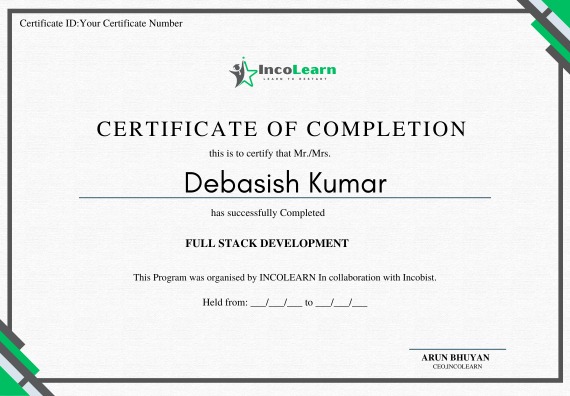
Learn the fundamentals of QA Testing, including test planning, execution, and defect tracking. This course offers practical insights into both manual and automated testing, using popular tools like Selenium and JIRA. Perfect for beginners and professionals, the course covers best practices and real-world scenarios to enhance your testing skills
Covers manual and automated testing.
Hands-on with Selenium and JIRA.
Effective defect management.
Insights into automation frameworks.
Real-world project examples.
Best practices in QA.
This course is designed for individuals who are keen on learning quality assurance and software testing. It is ideal for fresh graduates, IT professionals, and anyone looking to switch careers into software testing.
No prior testing experience is required. However, familiarity with basic computing concepts, software development, and keen attention to detail will help you make the most of this course.
Module 01: Introduction to QA Testing
Overview of QA and its importance in software development
Understanding the software development lifecycle (SDLC) and QA's role
Key QA concepts: quality, reliability, and testing
Types of testing: functional, non-functional, manual, automated
Introduction to QA tools and environments
Module 02: Manual Testing Techniques
Developing test plans, test cases, and test scripts
Techniques for functional testing (unit, integration, system)
Non-functional testing (performance, usability, security)
Defect tracking and management
Exploratory testing and test reporting
Module 03: Automated Testing
Introduction to automation testing and its benefits
Selecting appropriate automation tools (Selenium, QTP, etc.)
Writing and executing automated test scripts
Continuous integration (CI) and automated testing
Maintaining and updating automated test cases
Module 04: Advanced QA Practices and Tools
Test-driven development (TDD) and behavior-driven development (BDD)
Implementing QA in Agile and DevOps environments
Performance testing and load testing techniques
Mobile and web application testing strategies
QA best practices, metrics, and continuous improvement
The QA Testing certification exam consists of multiple-choice questions covering various testing methodologies, tools, and best practices. The exam is conducted
To prepare for the exam, you can review the course materials, participate in practice tests, and complete hands-on projects. Our course includes comprehensive study gu
Earning a QA Testing certification validates your skills and knowledge, making you more attractive to potential employers. It also increases your credibility in the fie
Upon passing the exam, your digital certificate will be emailed to you within a few days. You can also access and download your certificate from the course platform, a

Learn essential QA skills, including manual and automated testing, with hands-on projects.
Study at your own pace with a schedule that fits your life.
Gain insights from experienced QA professionals.
Engage in live sessions and hands-on activities for practical learning.
QA Testing ensures that software meets quality standards and functions as expected by detecting and fixing bugs.
Common tools include Selenium, JIRA, TestRail, and Postman, among others, for both manual and automated testing.
While not always mandatory, basic coding knowledge can be beneficial, especially for automated testing roles.
Attention to detail, analytical thinking, familiarity with testing tools, and effective communication skills are essential.
Manual testing involves human intervention for test execution, while automated testing uses scripts and tools to perform tests.